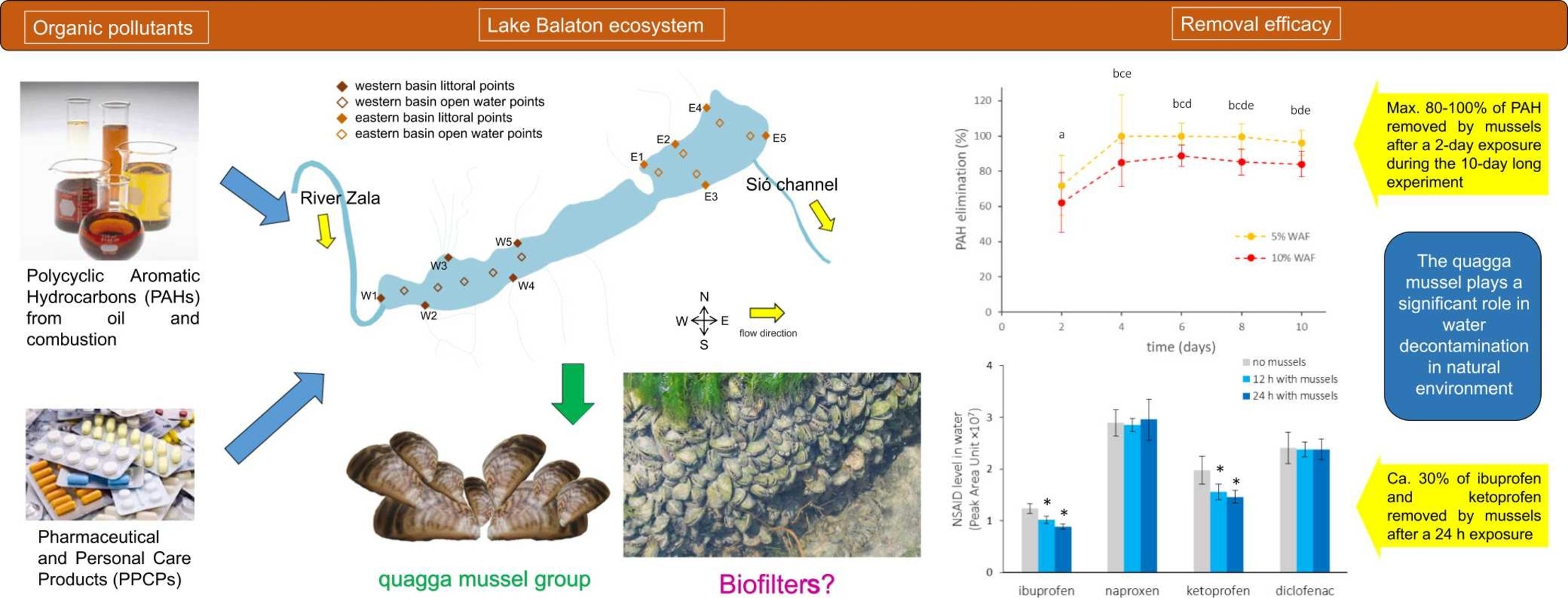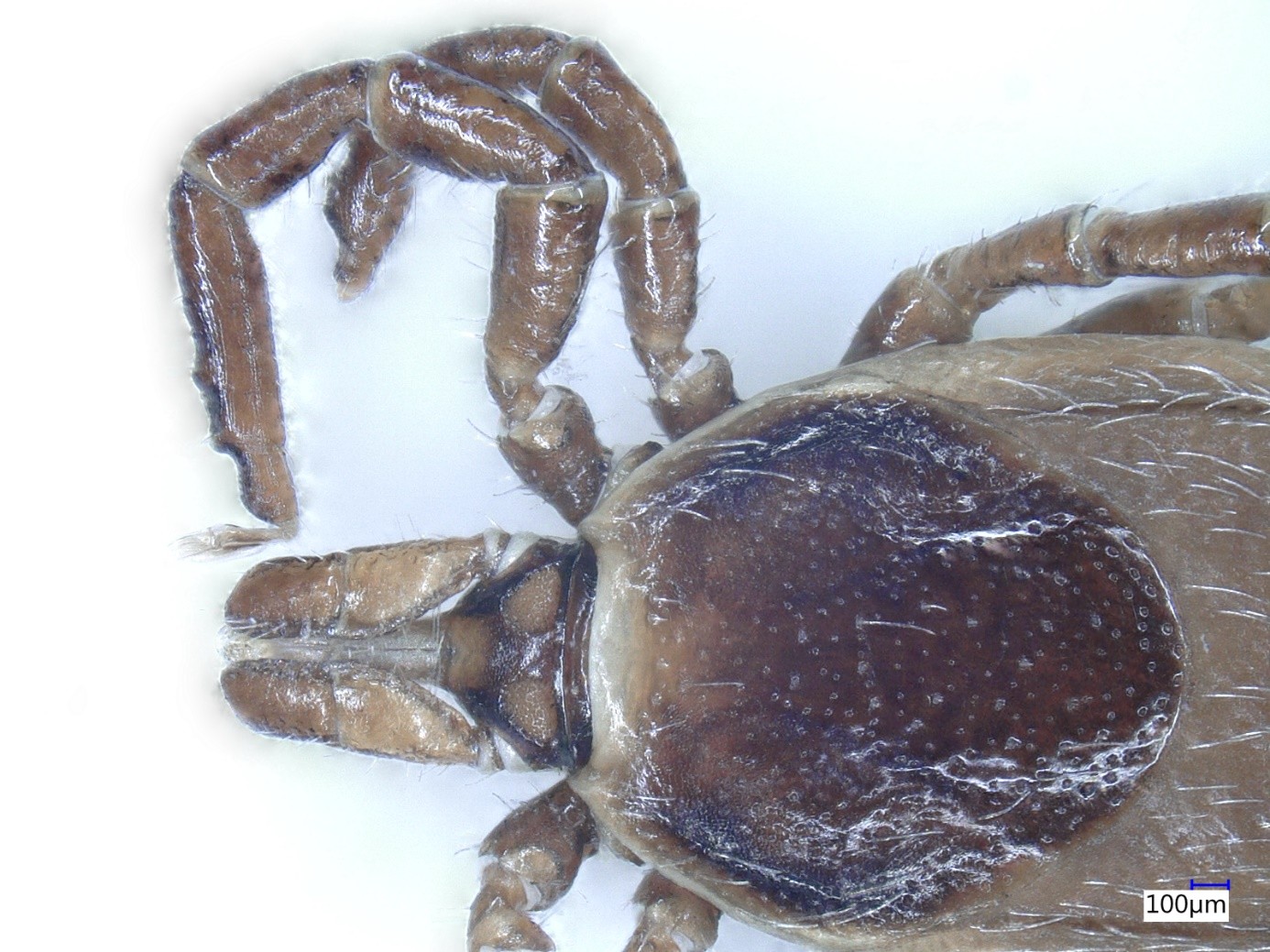Could Tiny Creatures Offer a Sustainable Solution for the Cleaning of Lake Balaton?
Preserving the condition of surface waters is a critical task. Lake Balaton’s ecosystem is particularly sensitive to rising average temperatures, increasingly frequent extreme weather events, expanding shoreline development, and the stress caused by summer tourism. The biota of the littoral zone can play a key role in filtering harmful substances entering the lake, making the study of these organisms and their role in water purification especially important.
In a recent study researchers at the HUN-REN Balaton Limnological Research Institute examined the potential role of the invasive quagga mussel (Dreissena rostriformis bugensis) -present in the littoral zone of Lake Balaton for approximately 15 years and now comprising around 90% of the macroinvertebrate community- in reducing concentrations of organic pollutants entering the lake.
Based on their previous surveys, the quagga mussel population of Lake Balaton living on solid surfaces can reach 100 thousand individuals per square meter, and their biomass ranges between 8 - 80 tons in the littoral zone, depending on the water level. Measurements revealed that a single quagga mussel is capable of filtering 2 dL of water per hour, so its population can filter the whole water volume in the coastal zone every 3 days.

Therefore, the effective water purification capacity of the quagga mussel in Lake Balaton can be assumed. On a lake-wide scale, the spatial and temporal distribution of measured organic pollutants has not significantly changed compared to data from previous decades, and their concentrations remain well below threshold levels considered harmful to aquatic organisms.
Furthermore, neither the pollutant accumulation in quagga mussels from different locations in Lake Balaton nor the activity levels of their stress-response genes showed correlation with pollutant distributions. However, the presence of polycyclic aromatic hydrocarbons (PAHs)—diffusely and persistently found in sediments—and pharmaceutical active compounds such as non-steroidal anti-inflammatory drugs (NSAIDs), which show seasonal variation, draw attention to both chronic and acute potential impacts on the biota.
Laboratory experiments demonstrated that quagga mussels can remove 85–100% of PAHs bound to suspended particulates in Balaton water over a period of 10 days. Moreover, in water containing NSAID concentrations equivalent to those found in wastewater treatment plant effluents, mussels selectively filtered out certain active compounds efficiently (21–28%) within two days.

